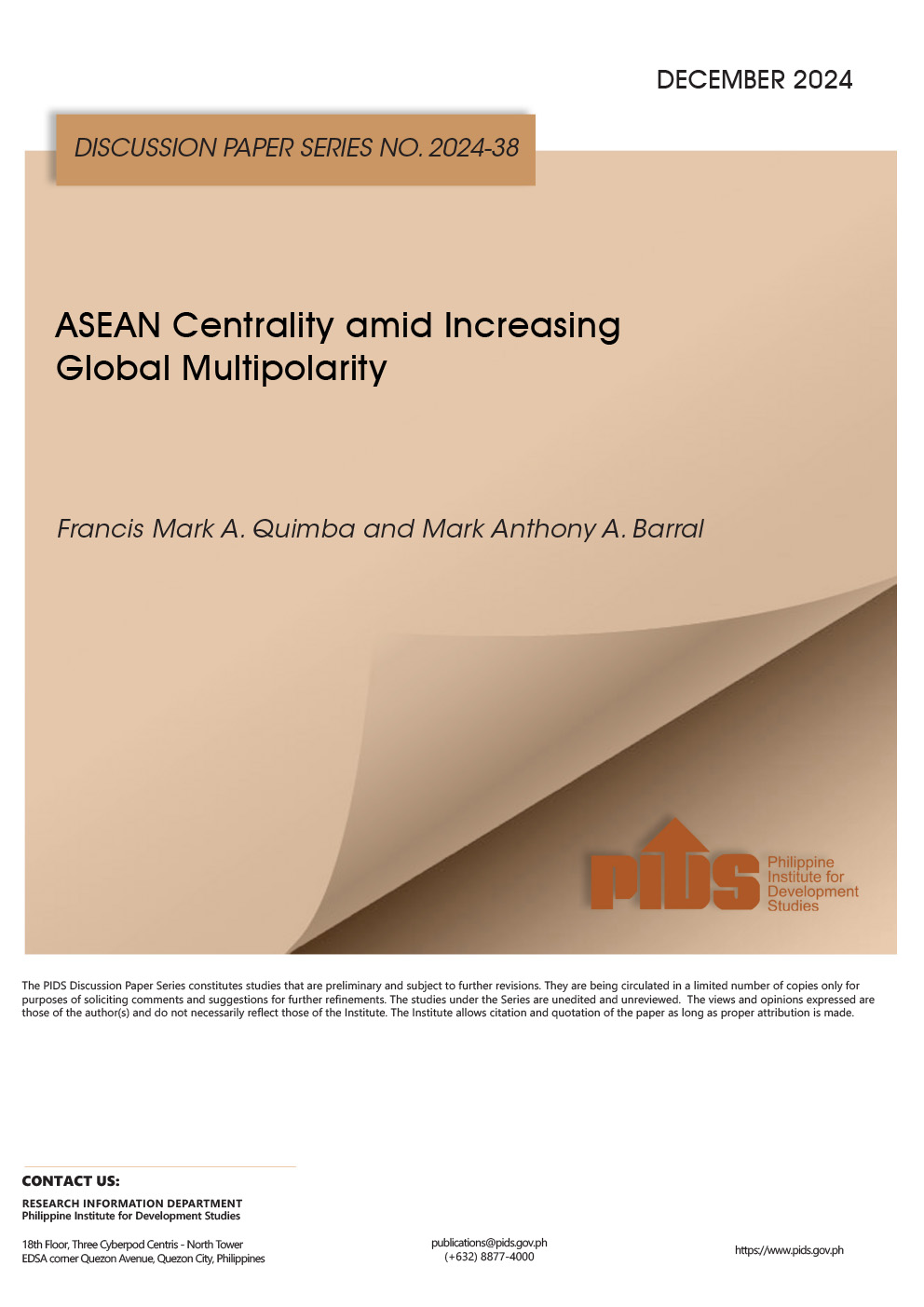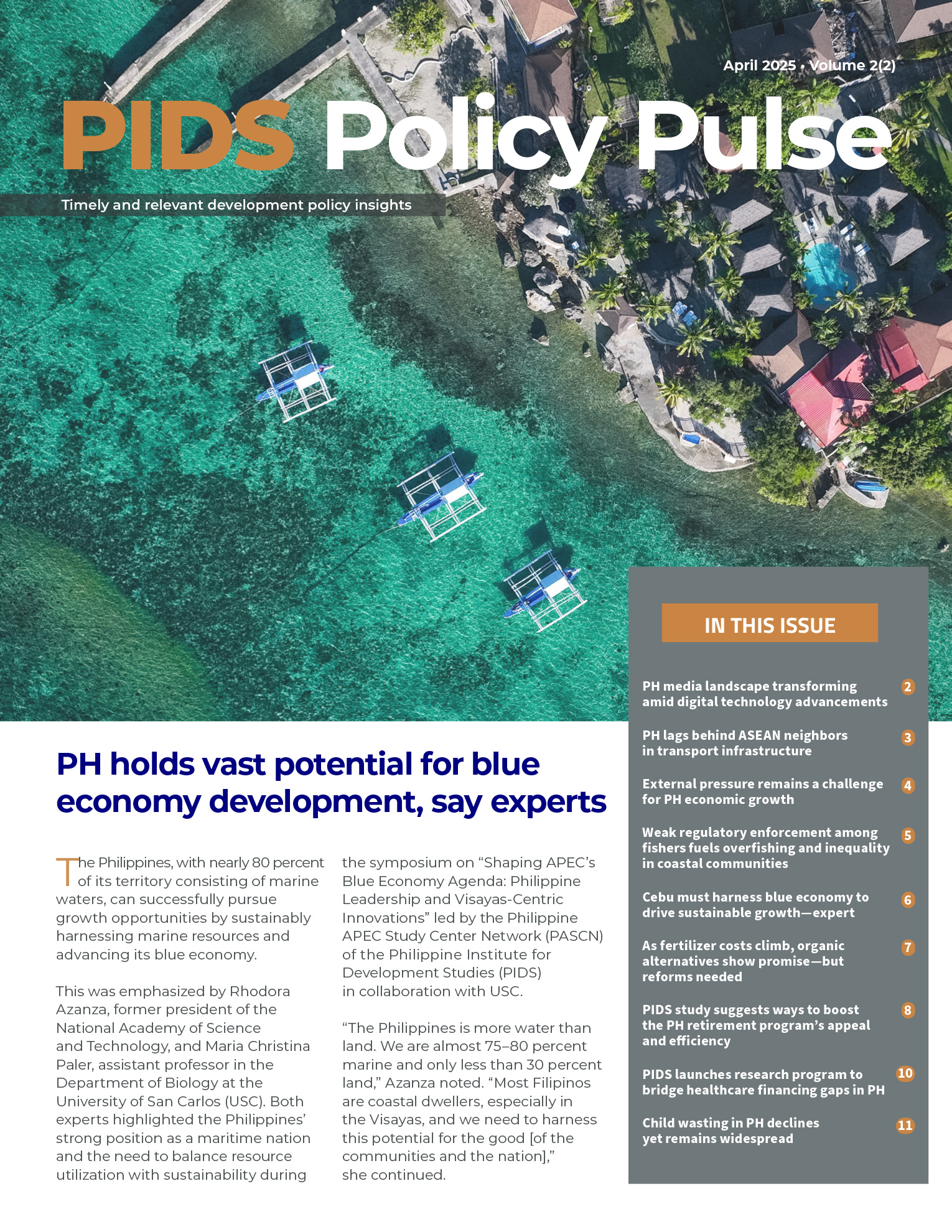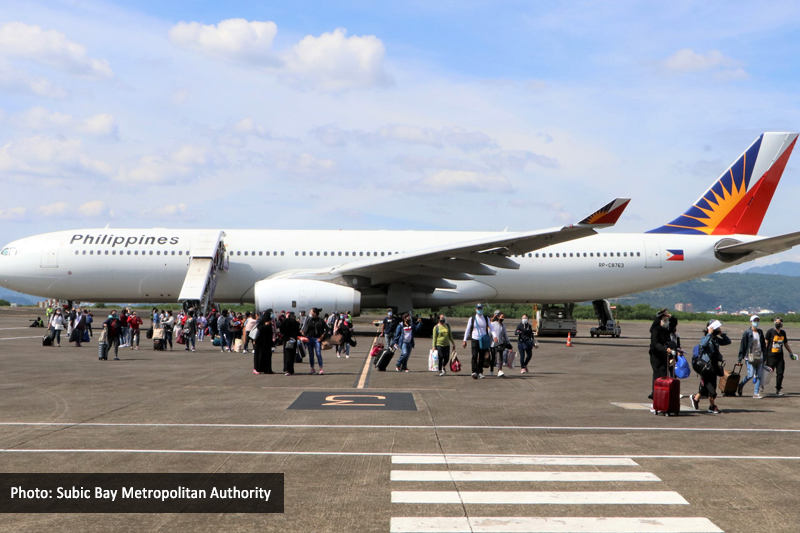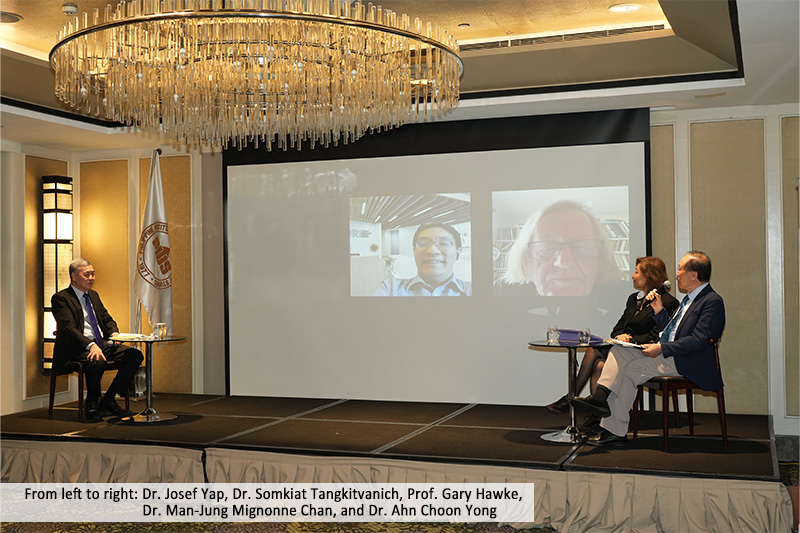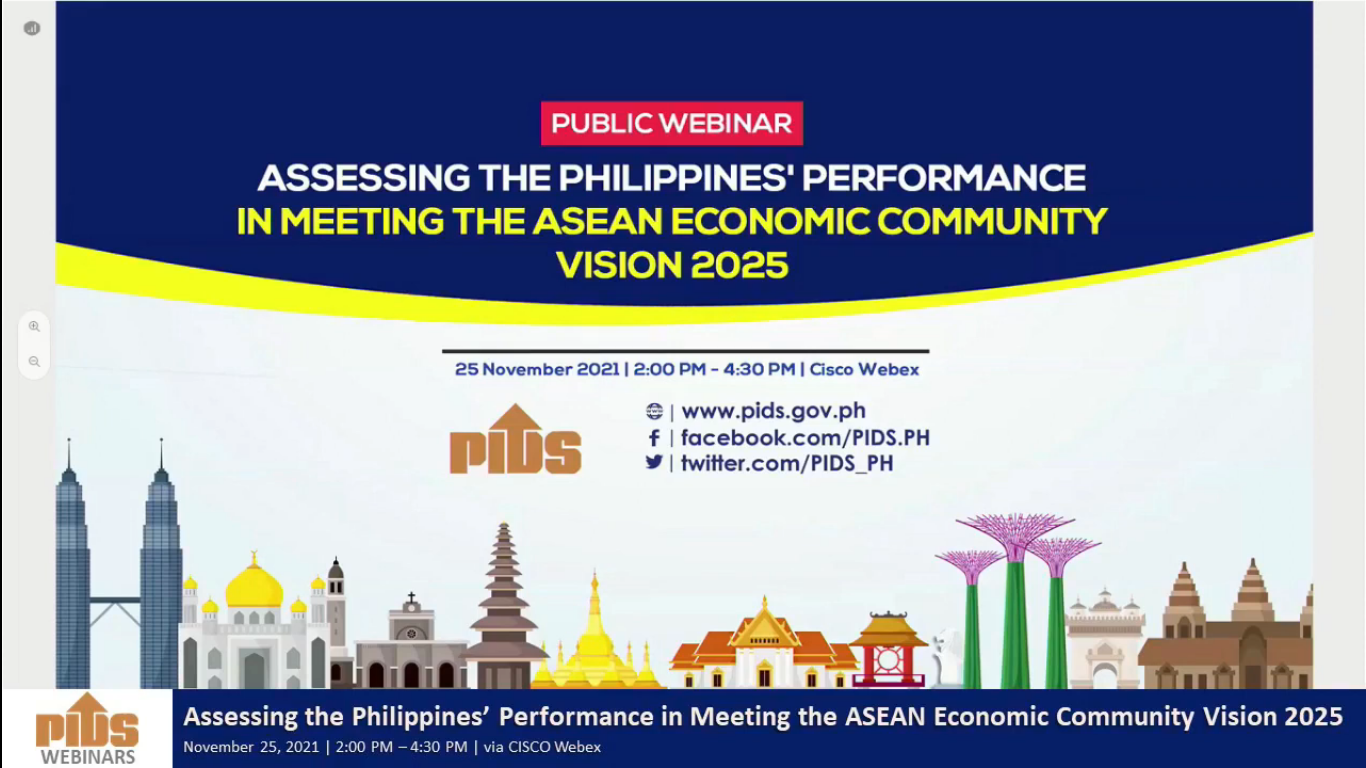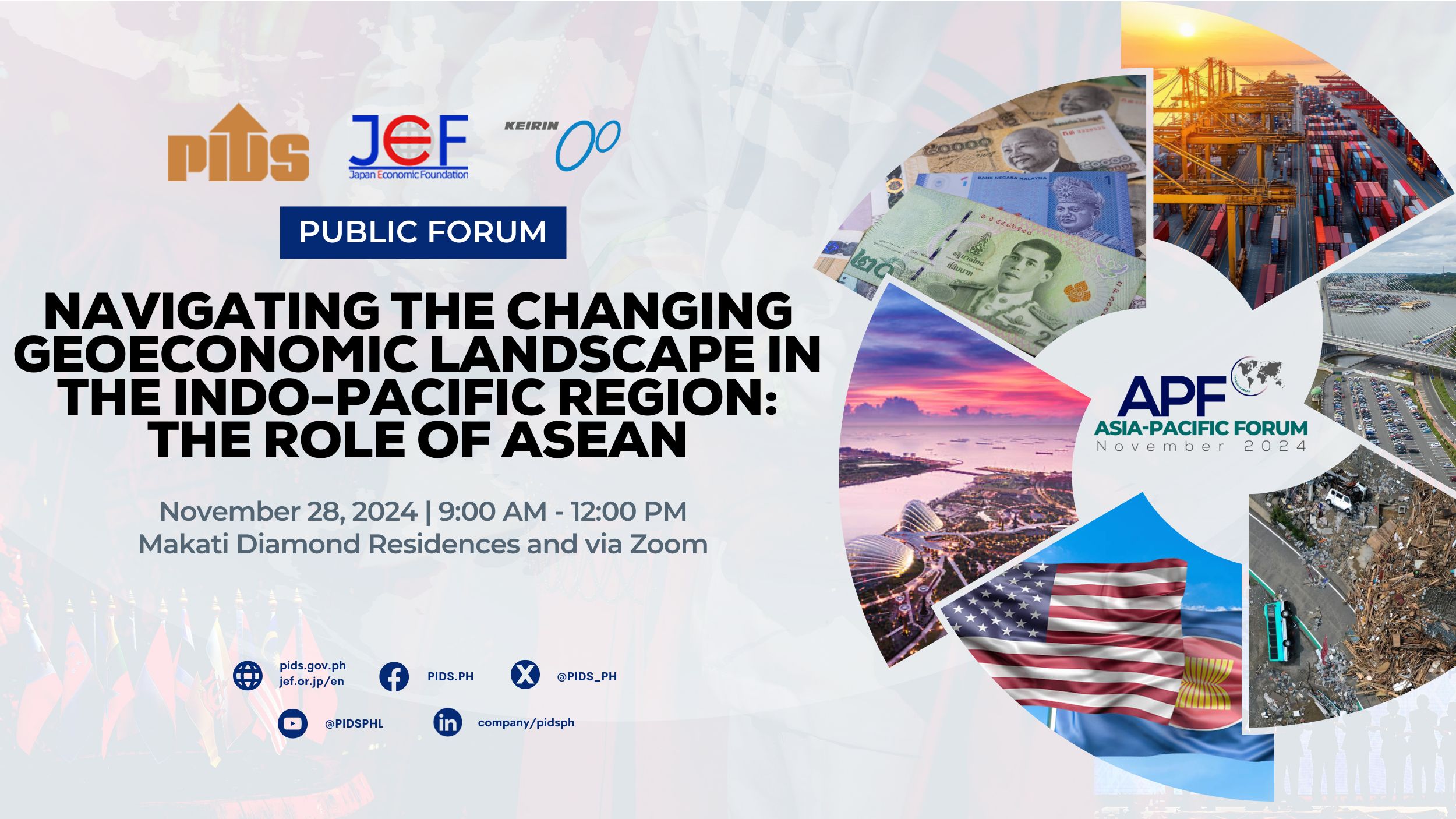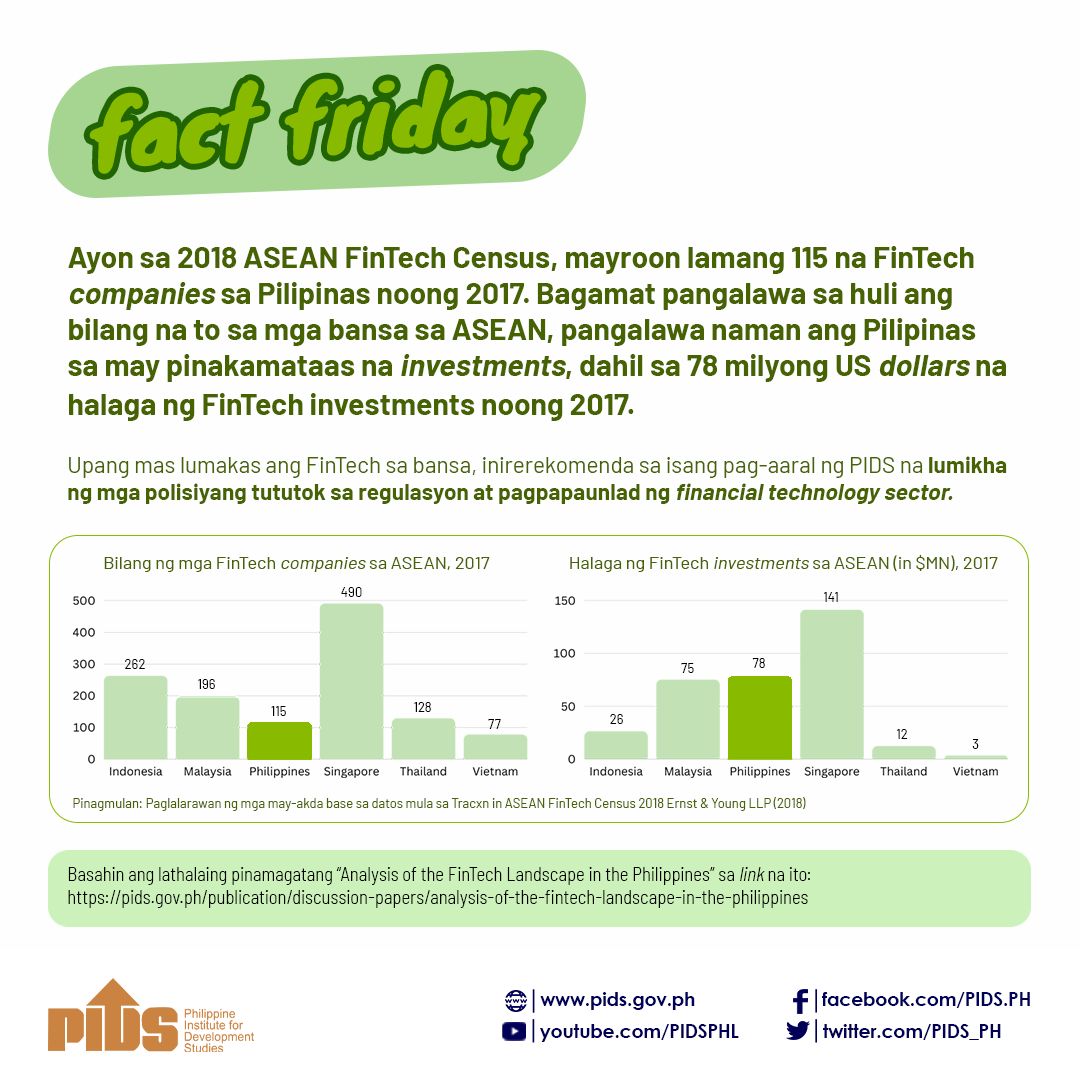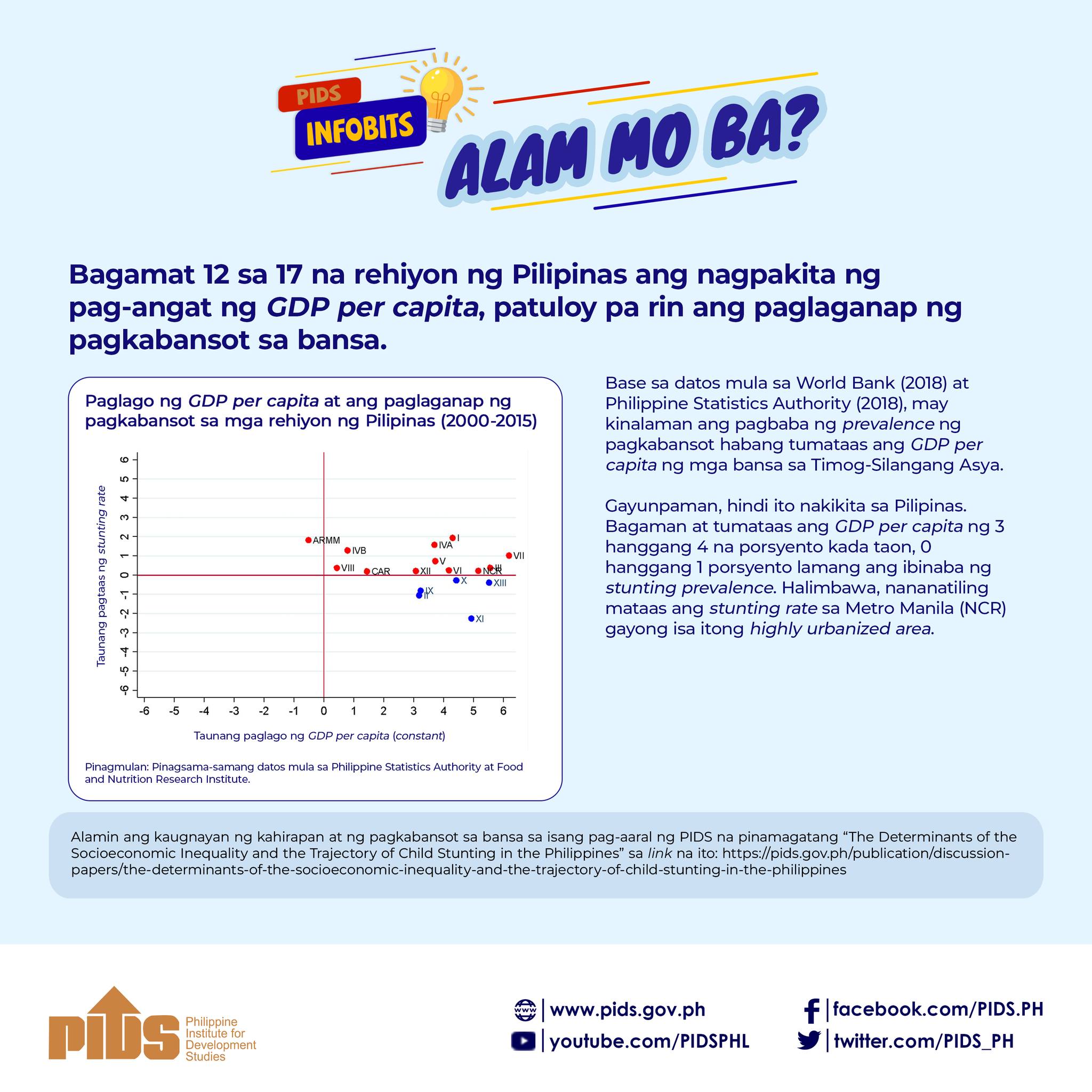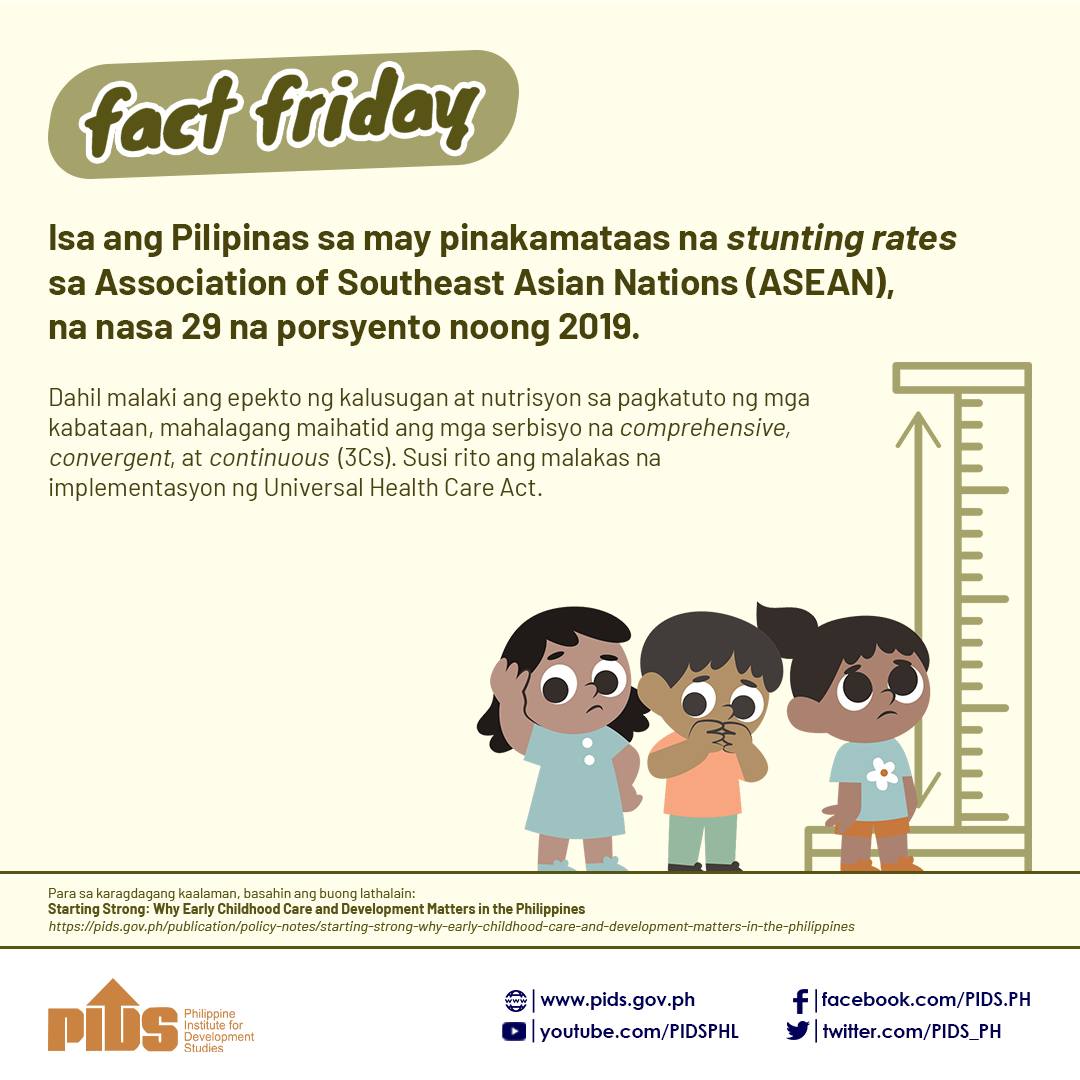The establishment of the Asean Economic Community (AEC) is expected to increase the mobility of people and the volume of passengers across member-states, thus there is a need to set the long-term goal of achieving the equivalent of a Schengen visa among Asean nationals.
This is according to a book released by the Philippine Institute for Development Studies and the Philippine APEC Study Center Network titled, Building Inclusive Economies, Building A Better World: A Look at the APEC 2015 Priority Areas.
In a chapter of the book titled, People-to-People Tourism in APEC: Facilitating Cross-Border Entry and Exit, with Special Focus on Asean, authors Oscar Picazo, Soraya Patria Ututalum, and Nina Ashley Dela Cruz said that under the AEC, there is a need to expedite transfer of passengers to avoid congestion, minimize costs, and allow Asean citizens to do their tasks with as few obstacles as possible.
The paper discusses people-to-people (PTP) tourism, which involves the cross-border movement of an Asean citizen from one Asean country to another for any of the following reasons: educational, training, or related capacity-building purposes; governmental or non-governmental research and development (R&D) cooperation and related purposes; police, constabulary, military, security, or anticrime assignments; help in containing regional health epidemic outbreaks; medical tourism purposes; assistance in responses to a disaster or calamity and rebuilding of affected communities and institutions; assistance in managing common-border natural resources, such as parks; and for other valid reasons that Asean authorities will deem important in the future.
"Speed is essential in many of the earlier-mentioned reasons for crossborder movement. This is especially true in the case of disaster response, security management and apprehension of criminals, and response to epidemic outbreaks,” the paper said.
"In other cases, time is just as important because of set appointments (academic calendar for students and trainees, medical appointments of medical tourists),” it added.
The publication said that the establishment of the AEC by the end of the year is expected to result in flourishing trade as well as in greater governmental and non-governmental cooperation along various areas of common interest.
"The success of the AEC 2015 does not rest primarily on economic integration but also on effective community building. With 10 member-states of myriad cultures and history, the thrust for "unity in diversity” through PTP connectivity is key,” the book said.
"These can be facilitated through extensive education, cultural exchanges, and a more seamless business transaction among Asean member-states,” it added.
The publication pointed out that the Asean has a population of 600 million, a cumulative $2 trillion GDP, and excellent growth prospects.
It added that it is also considered a lucrative venue for tourism.
The paper however said that the Asean has yet to implement a common visa similar to the comprehensive application of the EU’s Schengen visa.
It said that citizens of EU countries do not require a visa or work permit to cross EU borders, but citizens in ASEAN member states still need both documents.
"There is no uniformity in visa-free standards and regulations. Visa travel days to ASEAN member-states also differ. For instance, a Filipino travelling to Viet Nam is allotted 21 days, while Thais, Laotians, Malaysians, Indonesians, and Singaporeans are provided 30 days,” the publication said.
"Moreover, ASEAN member-states have no standard reference and definition for the different types of visas. What is termed by one as "short-stay visa” may cover a tourist or business purpose (i.e., business meetings, conferences). Thus, there is still a need to further iron out the ASEAN member-states’ regulations and processes for a visa-free regime,” it added.
The book said that adopting a visa regime equivalent to the Schengen visa, which is the epitome of free and borderless travel within a region, would require intensive discussions on several issues.
The paper said that there is a need to set out the rules on visas that will hold for the common area and setting up the required administrative procedures.
It will also require formulating the legal acts that set out the conditions for entry into the common area, estimating the costs involved in implementing the common rules on visa, including foregone visa-fee revenues, and spelling out cooperation among police and judicial bodies to ensure that problems involving security are minimized or dealt with properly if they occur.
Over the medium-term, the book said that there is a need to standardize visa requirements and regulations for non-Asean and APEC nationals, as well as for intra-Asean or intra-APEC PTP tourists.
For the short-term, the publication said that overall visa processing and facilitation should be improved, while focus should be given on facilitating travel involving local border traffic.//

